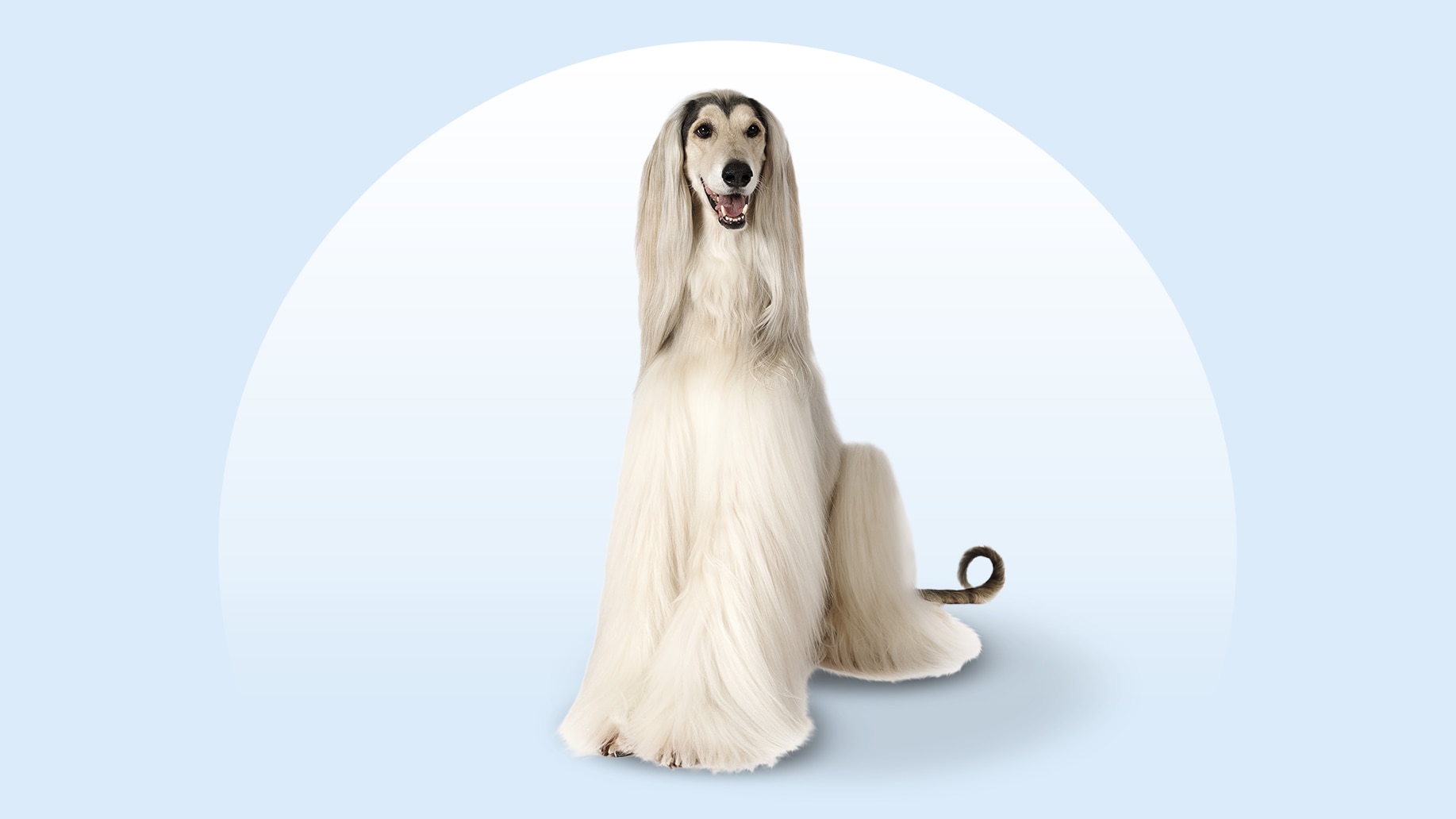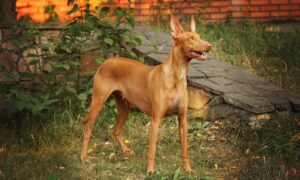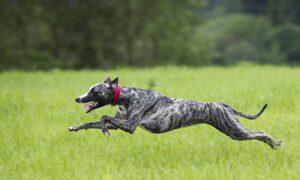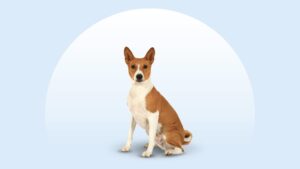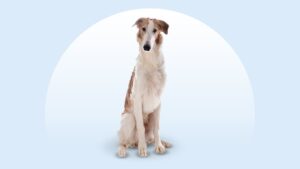Afghan Hound
Updated May 20, 2025
Afghan Hound
Updated May 20, 2025
The Afghan Hound is a sophisticated, self-reliant breed distinguished by a majestic look and graceful disposition. These loving but shy dogs need daily exercise, patient training, frequent brushing, and a steady, peaceful home environment.
Independent, Loyal, Elegant
50–60 pounds
25–27 inches
12–18 years
Black, Black and Tan, Black and Silver, Blue, Blue and Cream, Cream, Red, Silver, White
Get ready to turn heads, because with an Afghan Hound, you’re not just walking a dog—you’re walking a runway model.
That flowing coat? Iconic. Their sleek build? High fashion. But don’t be fooled by the glamour—these independent spirits can be aloof and a little strong-willed, but totally worth the effort.
If you’re an experienced pet parent who enjoys a challenge that’s elegantly wrapped, the Afghan Hound might be the ideal dog for you.
Afghan Hound Characteristics
Afghan Hound Appearance
The Afghan Hound is a graceful breed identified by a narrow build; long, silky coat; and proud posture. Everywhere they go, they draw attention with their eye-catching appearance, which is both regal and distinctive in the dog world.

- Ears
The Afghan Hound's long, low, and close-to-the-head ears are covered in thick, silky fur.
- Eyes
Afghan Hounds have a dignified yet aloof expression because of their dark, almond-shaped eyes.
- Nose
Their nose is typically black, though a liver (brown) color is possible in lighter-colored Afghan dogs. It sits at the end of a long, narrow snout.
- Coat Length
Afghan Hounds are covered in a long, fine, flowing coat.
- Coat Color
Afghan Hounds come in many colors, from black and blue to silver and red. They can also have brindle, domino, or face mask markings.
- Tail
Their tail is skinny and curled, with a little ring at the tip.
Afghan Hound Temperament
Afghan Hounds are known for having independent—and occasionally distant—personalities, but this doesn’t mean they lack affection. They tend to form strong bonds with their families and, once comfortable, can be charming and even silly.
“Many people describe the Afghan Hound as having an aloof, cat-like temperament,” says Scott Pfeil, former president of the Afghan Hound Club of America. “They bond closely to their [pet parents] without being overly demonstrative and can be rather indifferent to strangers.”
This breed is usually gentle and gets along well with older, less-rambunctious children. But the Afghan Hound’s strong prey drive and independent spirit might not make them ideal for homes with small pets.
“Remember that this is a hunting hound with a strong, centuries-old prey drive,” Pfeil says. They were originally bred to hunt large game in the mountainous regions of Afghanistan, where the dogs used their speed, agility, and sharp vision to chase prey.
Because of this, small animals like rabbits and guinea pigs will likely always be viewed as prey to chase after. But familiar cats and small dogs can be safe when supervised—especially if an Afghan Hound is raised around them.
While not commonly used as working dogs today, Afghan Hounds excel in lure coursing and are show-ring favorites thanks to their elegance. But at home, these hounds prefer a calm, low-key environment.
How to Care for a Afghan Hound
Embracing an Afghan Hound’s independence and beauty is an essential part of their care. As a pet parent, expect to offer daily exercise (a few long walks or jogging sessions per day); patient and gentle training; and regular grooming to keep their long hair looking gorgeous.
Grooming
Training
Diet
Exercise
Environment
Afghan Hound Health
The average Afghan Hounds lifespan is 12–18 years. They’re one of the dog breeds who live the longest—an impressive feat, since large dogs like the Afghan Hound typically don’t live as long as smaller breeds.
Despite their longevity, Afghan Hounds (like all dogs) can develop certain health conditions over the course of their life, including:
- Cataracts: Afghan Hounds are susceptible to cataracts, especially as they age. Cataracts can cause blindness but are fixable with surgery.
- Allergies and skin sensitivities: Afghan Hounds can be prone to allergies and secondary skin infections. Symptoms may include itching, ear infections, or gastrointestinal upset.
- Chylothorax: This serious condition involves accumulation of lymphatic fluid in the chest cavity, which can make breathing difficult. Thankfully, the condition is rare and can be treated.
- Bloat and gastric dilatation-volvulus: Like many deep-chested breeds, Afghan Hounds are at risk of bloat, where the stomach becomes distended with gas and/or food. The stomach can sometimes twist, leading to life-threatening GDV. Talk to your vet about whether your dog is a fit for a preventive gastropexy procedure, which can help protect your Afghan Hound from GDV.
Afghan Hound History
The Afghan Hound is an ancient dog breed. Their origins trace back thousands of years to the rugged mountains and deserts of Afghanistan.
Nomadic peoples developed the sight hounds for their speed, agility, and keen eyesight, making them exceptional hunters of game such as gazelles and hares. Their long, flowing coat provided protection against the harsh climate in the Middle East.
The breed was officially recognized by the American Kennel Club (AKC) in 1926. Today, Afghan Hounds are admired around the world not just for their beauty, but also for their fascinating history, unique personality, and timeless elegance.
When looking for Afghan Hound puppies, be prepared to pay. Prices typically start around $1,500. You can also look for an Afghan Hound for adoption through a breed-specific rescue or via Chewy’s database of adoptable dogs.
